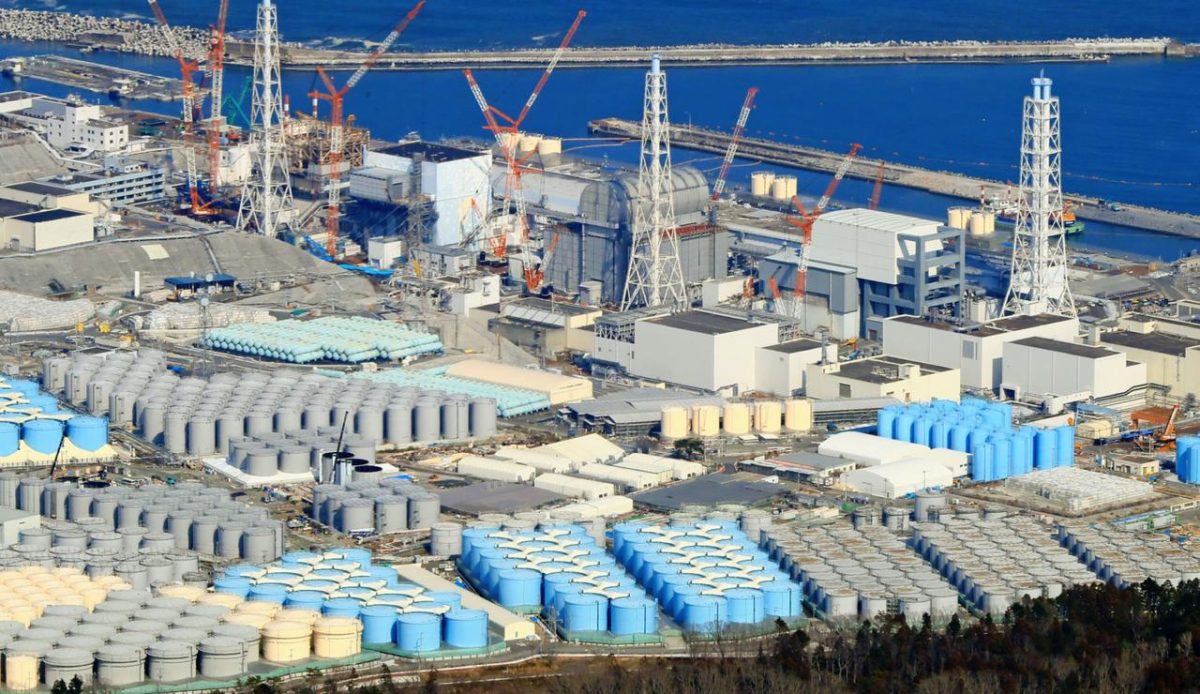On August 24, Japan released over one million tons of treated radioactive wastewater caused by the 2011 Fukushima nuclear disaster into the Pacific Ocean.
Twelve years ago, on March 11, 2011, a 9.0-9.1 undersea earthquake struck the Tōhoku region of Japan, causing a tsunami later known as the “Great East Japan Earthquake”—Japan’s most powerful earthquake in history, according to National Geographic Society. The tsunami damaged the Fukushima nuclear power plant, melting down three reactors, thus marking the worst nuclear disaster since the 1986 Chernobyl incident. To cool down the reactors and to stop any outflow of radiation, TEPCO (Tokyo Electric Power Company) pumped 800,000 tons of water into Fukushima, according to CNN. As a result, those tons of highly radioactive water remained in provisional tanks with no disposal method in place.
However, on August 22, 2023, TEPCO announced that by August 24, it would be releasing the wastewater into the Pacific Ocean. This plan was approved by the Japanese government two years ago, since the government had “no other option,” after space had run out, making it infeasible to continue holding the contaminated water, as reported by the Japanese Environment Minister.
TEPCO claimed that “the majority of radioactive elements in the water are removable, but excluding the 190 becquerels per liter of tritium—a radioactive hydrogen isotope.” TEPCO, Japan’s government, and the IAEA (International Atomic Energy Agency) stated that “it should be safe for humans since tritium occurs naturally in our environment, and even in the human body.” The agency also provided a loose timeline, saying “the contaminated water will be highly diluted and slowly released over the next decades.” However, dilution of the water may be far from sufficient to eliminate negative impacts on marine life. “Tritium can pass through levels of the food chain, and build up in the ecosystem,” explained Robert H. Richmond, director of the Kewalo Marine Laboratory at the University of Hawaii at Manoa. “The world’s oceans are already under stress from climate change, ocean acidification, overfishing, and pollution. The last thing it needs is to be treated like a ‘dumping ground.’”
Japanese fishing groups are skeptical about this method and are facing heavy reputational crises due to the fact that people are reluctant to purchase “radioactive” fish. Hong Kong Chief Executive John Lee said the city would “immediately activate import controls on Japanese seafood from regions including capital Tokyo and Fukushima” starting Thursday. Chinese Foreign Ministry spokesperson Wang Wenbin called Japan’s move “extremely selfish” and claimed that China “will take all necessary measures to protect the marine environment, food safety, and public health,” according to Reuters.com.
Despite all the criticisms, Japanese officials announced that, at the start of September, they would be testing seawater and fish surrounding the plant after the discharge was executed. The results remain to be seen on MAFF (Ministry of Agriculture, Forestry, and Fisheries).













































































































































